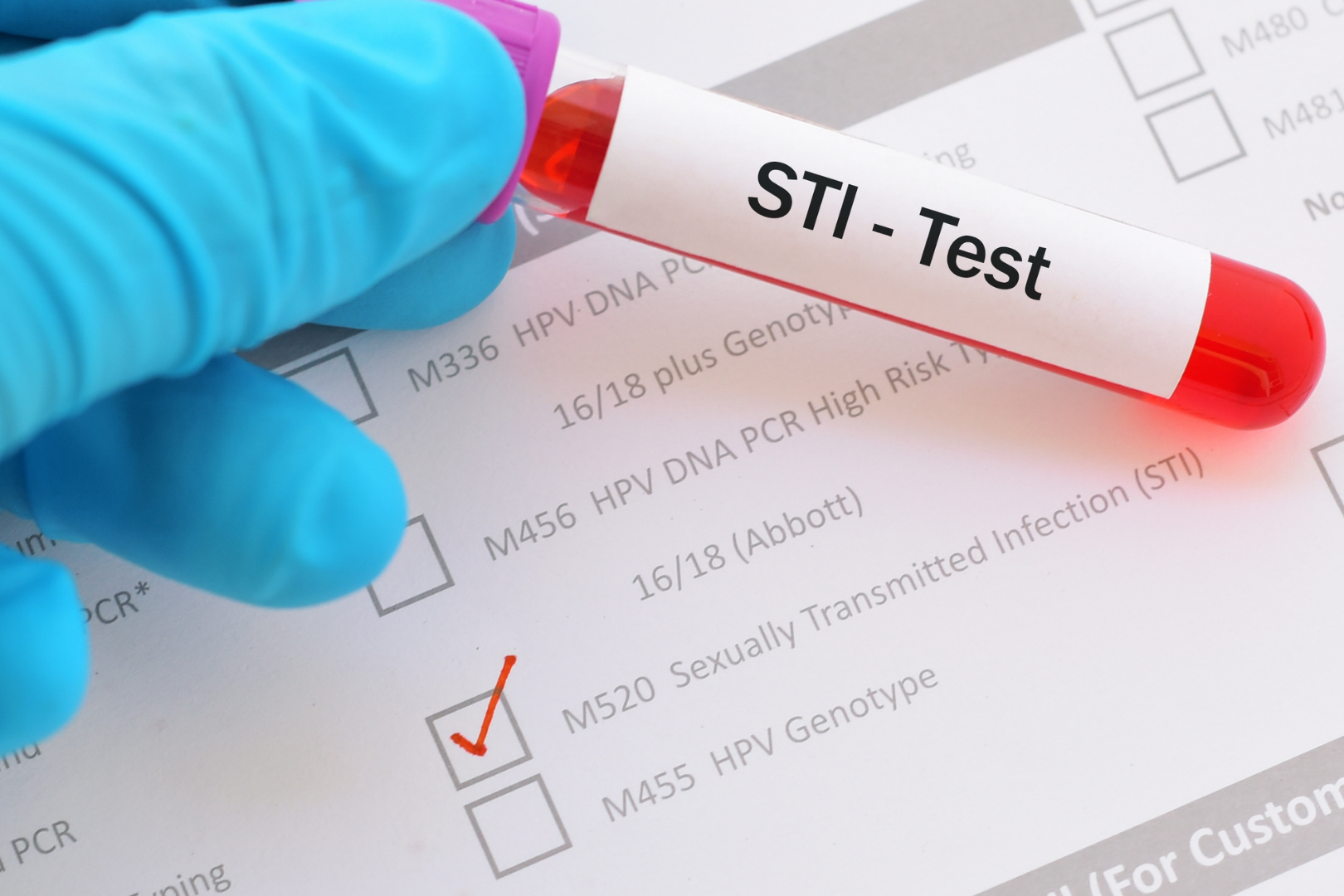These centers are now offering STI and HIV testing, but new research shows they’re not up to standard
Cases of sexually transmitted infections (STIs) and HIV are again on the rise in the U.S., giving new urgency to ongoing efforts to make STI and HIV services more accessible.
In recent years, crisis pregnancy centers (CPCs) have begun to offer some STI and HIV services, but new research from the University of Georgia suggests that these services may actually be hurting public health efforts to prevent and treat these infections.
“They advertise in ways to make themselves appear to be medical facilities, though most people who work at CPCs aren’t medically trained, and they do not offer comprehensive medical services or follow evidence-based medical practices. For example, they have policies against promoting condoms,” said study author Andrea Swartzendruber, an associate professor at UGA’s College of Public Health who studies CPCs’ impact on public health.
“From a public health perspective, those are major concerns that could cause real harm,” she said.
Not meeting quality of care standards
CPCs are non-profit, mainly religiously-affiliated organizations whose main purpose is deterring abortions. In previous studies, Swartzendruber has shown that these centers frequently share misinformation about abortions as well as prevention methods such as condom use.
National guidelines recommend that anyone seeking STI testing services should be tested for HIV and a full range of STIs based on individual risk factors and community prevalence. Clinics should have a plan to treat positive cases on site, provide a prescription, or refer them for treatment. Partners of people testing positive for STIs also need testing and treatment services.
Using data from CPC Map, an online directory of crisis pregnancy centers developed by Swartzendruber and Lambert, the researchers identified over 2,500 CPCs operating in the U.S. between December 2018 and August 2019.
They assessed STI and HIV services advertised on CPC websites and used a standard script to call CPCs about the availability of services. They were able to reach 99% of all CPCs.
“About 20% of CPCs offered testing for at least one STI but often failed to offer testing for other STIs, including HIV. Approximately one quarter of centers that offered testing appeared to have no strategy for making sure people got appropriate treatment,” said co-author Danielle Lambert, an assistant professor in the College of Public Health.
In Georgia, where HIV rates are among the highest in the nation, nearly one-third of CPCs that offered STI testing failed to offer STI treatment, and nearly half failed to offer HIV testing. None of the 77 CPCs in Georgia where HIV testing was unavailable provided a referral.
Creating obstacles to care
The small number of centers that provided referrals did not offer very useful advice, according to the researchers.
“Sometimes CPCs said to ‘Google it’ or suggested places that one hundred percent do not even offer STI services, like ‘city hall.’ They also suggested contacting ‘your doctor.’ If you had easy access to a private doctor, would you be calling around looking for healthcare?” said Swartzendruber.
“If someone is worried that they have an STI and may be positive, that creates delays and may prevent testing and treatment altogether,” added Lambert.
This point is particularly critical for the public health community because practitioners may be unknowingly referring clients to CPCs, said the authors. In fact, a public resource for finding STI and HIV testing sites maintained by the Centers for Disease Control and Prevention includes CPCs, Swartzendruber said.
Targeting marginalized groups
CPCs tend to target groups that historically have been denied easy access to quality healthcare, said Swartzendruber, such as teens and young adults, people of color and people with low incomes. These same groups are disproportionately affected by STIs and HIV and unintended pregnancy.
Recent studies suggest that seeking services at CPCs is not uncommon among people of reproductive age. The numbers could be higher in Southern states that have not expanded Medicaid, where healthcare is limited or unavailable for many people, said Swartzendruber and Lambert.
“Most of their services are free and are heavily advertised as free, so they often draw people who don’t have access to healthcare and quality patient-centered prevention and treatment services,” Lambert said.
“CPCs appear to be using STI and HIV services to expand their reach among marginalized communities and in support of their own goals, such as promoting sexual abstinence before marriage only, rather than recommended evidence-based prevention strategies,” said Swartzendruber.
– Lauren Baggett
Posted on October 13, 2021.







